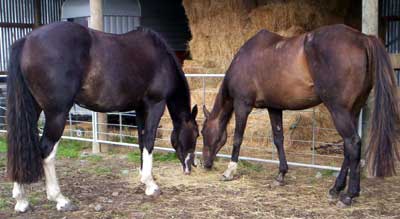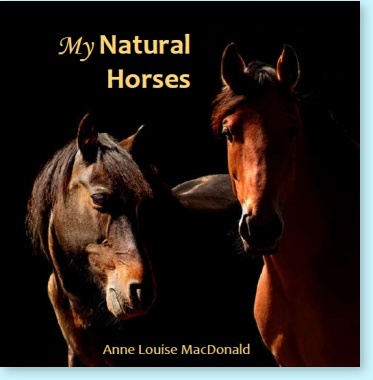
Minerals can be one of the most confusing aspects of feeding horses.
How do you know which ones to use? Or which brands are best, or even if your horse needs them?
Here are some reasons for feeding supplements:
1. The pasture/hay might not be providing the right balance of minerals or enough to keep your horse healthy, epsecially if the soil is depleted. Horses deficient in minerals often show signs in their coat and hoof health, with skin conditions, faded coat colour and hoof wall cracks good indicators that something is lacking.
2. The mineral/vitamin needs of a horse vary according to age, health, workload and whether they are breeding or lactating. A pasture pet may get by with just a salt lick but if you don’t want problems to arise when the horse is expected to do something, then supplements are a must.
3. Supplements in prepared feeds aren’t always enough and aren’t balanced to the roughage your horse gets which should be 80% of the diet. Unless you feed the exact specified amount on the bag the mineral/vitamin intake for this portion of the diet is reduced.
4. Free choice minerals or licks can not always be relied upon to provide everything the horse needs. Minerals are generally unpalatable except for salt which horses will seek out themselves and should be available in loose form at all times. Licks may not give adequate intake especially in hot climates or when the horse sweats.
Licks have molasses added to get horses to lick/eat them but they still won’t take in enough on their own especially when the horse is low in the pecking order and by the time they get a turn at the lick, the rest of the herd may decide to move on, so they feel the need to go with them.
5. Health problems may benefit from specific supplements for example horses suffering from stringhalt respond well to magnesium as do those with laminitis or behavioural issues caused by the toxins in some grasses such as rye and kikkuyu. ‘Big head’ and facial bone bumps indicate a need for additional calcium and ‘tying up’ could indicate a need for Vitamin E and Selenium.
While I am not qualified to tell you which supplements to use and indeed there are so many variables, you need to research what supplementation each horse requires.
My aim is to simply to raise awareness about a subject that is sometimes neglected or ignored because its all too hard.
Here’s a great place to start: Which Mineral Supplement is best for my horse?
For another article on Mineral Feeding Options click here.


